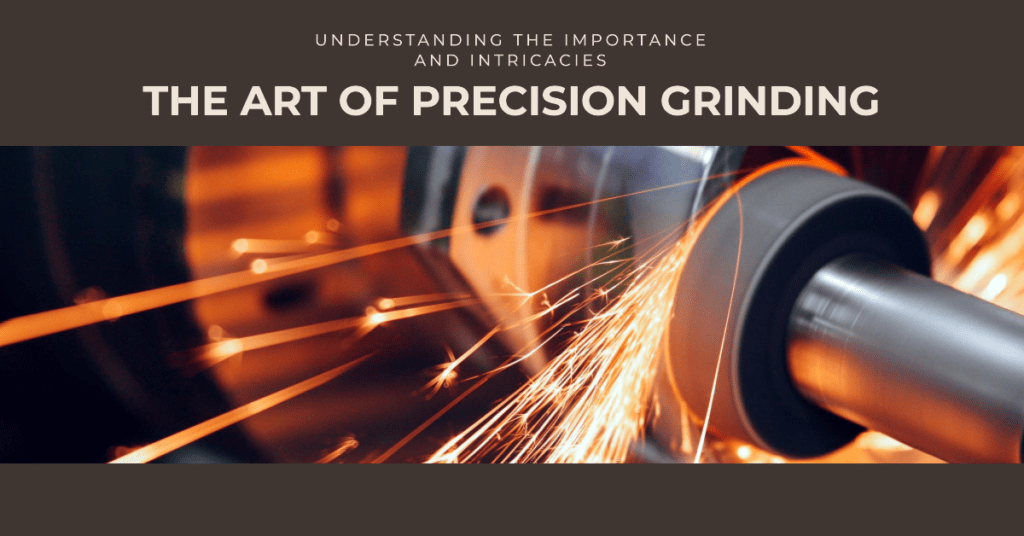
Precision grinding refers to the grinding of materials to incredibly accurate measurements. This technique is an indispensable aspect of modern manufacturing processes and is used in various industries. Precision grinding is crucial in producing high-quality, high-performance components from automobiles to electronics to aerospace.
This article will explore the intricate world of precision grinding, its techniques, importance, applications, and more.
The Basics: Defining Precision Grinding
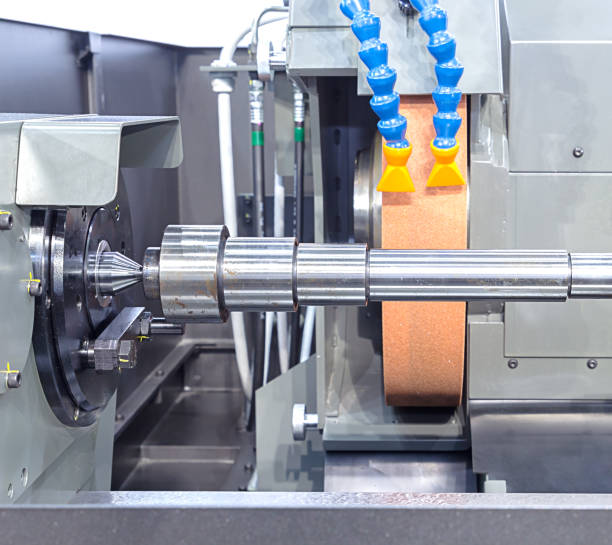
Finishing metal working on a high-precision grinding machine
Precision CNC-grinding
Precision grinding is a surface finishing process in which the minimum amount of material is removed from the workpiece to provide a fine finish and close dimensional tolerance. This intricate manufacturing process is utilized when parts need to be produced with high precision and a surface finish. It’s crucial to ensure manufactured parts’ functionality, durability, and quality.
The method can be applied to various materials, including metal, plastic, and glass. Precision grinding can also be used on different surface types, whether flat, cylindrical, or complex. The precision achieved can vary depending on the application, with some products demanding dimensions within one-thousandth of an inch.
Table 1: Precision Grinding
| Grinding Process | Surface Type | Materials Applicable | Tolerance Range |
|---|---|---|---|
| Surface Grinding | Flat surfaces | Metal, Plastic, Glass | ±0.0002 inches |
| Cylindrical Grinding | Round surfaces | Metal, Plastic, Glass | ±0.0002 inches |
| Centerless Grinding | Round surfaces | Metal, Plastic, Glass | ±0.0002 inches |
The Art of Precision Grinding: Key Techniques
Grinding is a process that involves removing material from a workpiece to achieve the desired shape or finish. There are several types of grinding machining, each with its specific purpose and method. Here are some of the most common ones
1. Surface Grinding
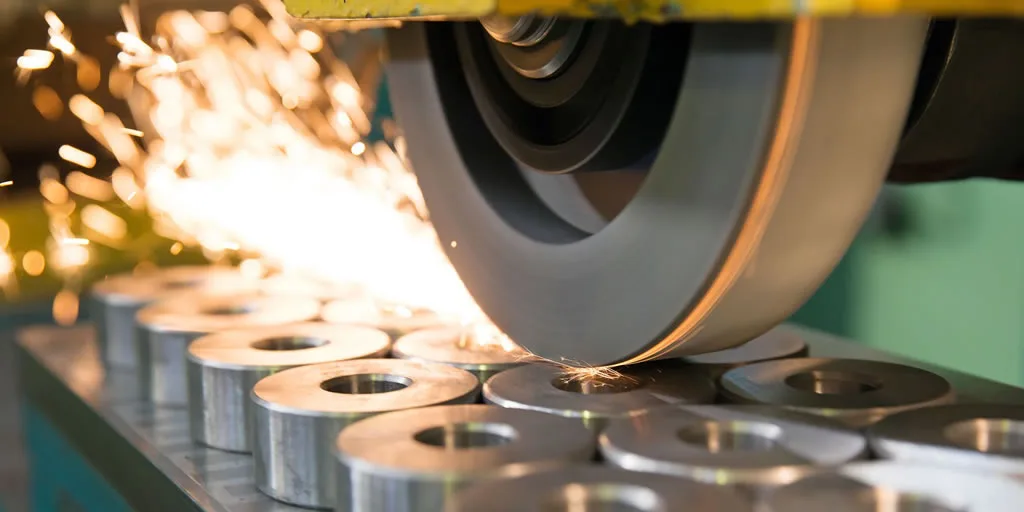
Surface grinding is the most commonly used type of grinding. It involves a grinding wheel, a chuck that holds the workpiece, and a reciprocating table. This method is typically used to provide a smooth finish on flat surfaces. It can be used on various materials, including metals, plastics, and ceramics.
2. Cylindrical Grinding
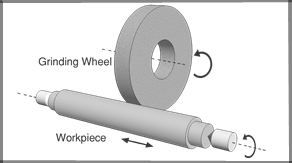
Cylindrical grinding refines round parts. It involves rotating the workpiece against a grinding wheel to remove material. This type of grinding can achieve a high degree of precision and accuracy, making it suitable for manufacturing precision components such as engine parts, bearings, and shafts.
3. Centerless Grinding
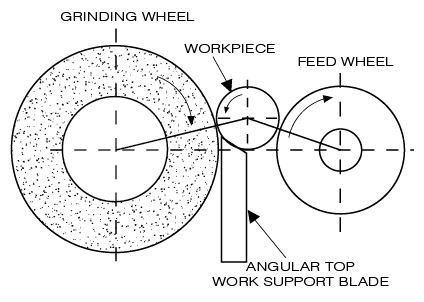
Centerless grinding is a method that does not require the use of spindles or fixtures to hold the workpiece. Instead, it uses a regulating wheel, a grinding wheel, and a work rest blade. This method is best suited for manufacturing round pieces in bulk, such as bolts, bearings, and rollers.
4. Internal Grinding
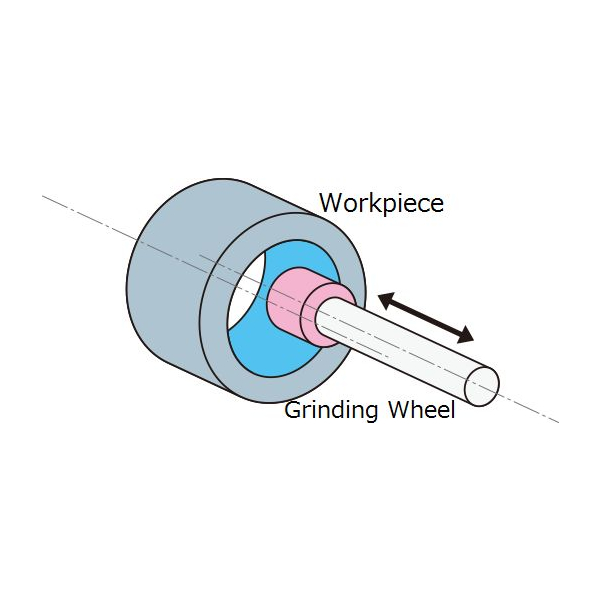
Internal grinding is used to grind the internal surface of cylindrical parts. This method is used to achieve high levels of precision and accuracy in manufacturing parts such as engine cylinders, hydraulic cylinders, and other cylindrical components.
5. Jig Grinding
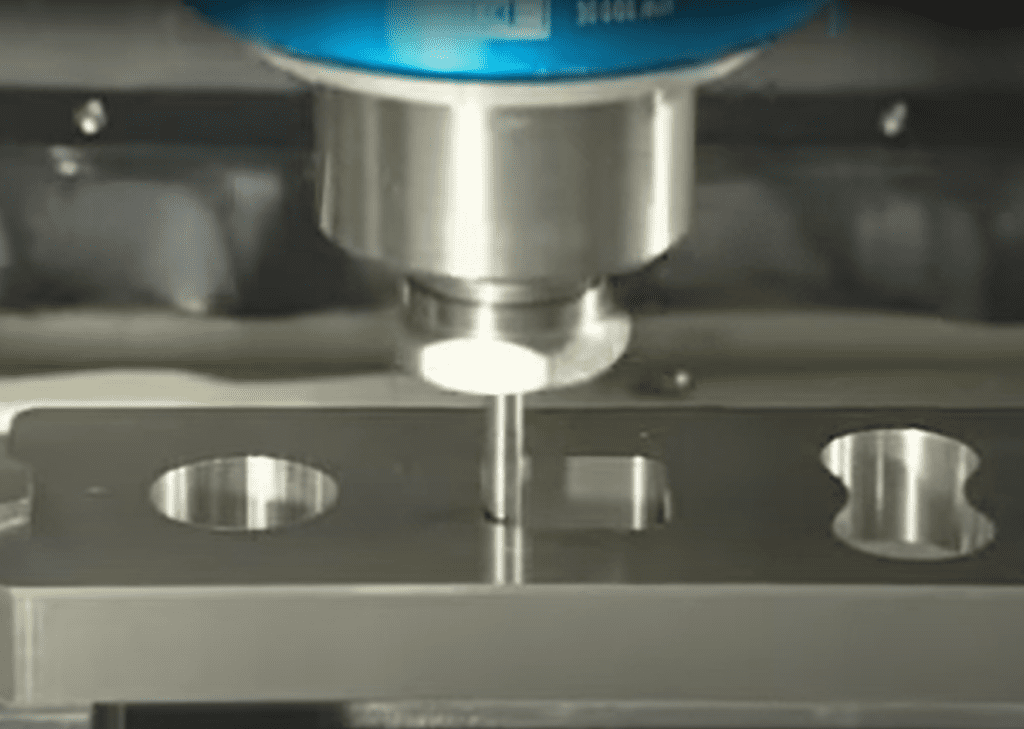
Jig grinding is a specialized type used to grind complex shapes and holes with the highest precision. This method involves using a jig grinder, a machine tool for grinding complex shapes and holes in metal and ceramics.
Table 2: Key Precision Grinding Techniques
| Grinding Technique | Description | Application |
|---|---|---|
| Surface Grinding | Provides a smooth finish on flat surfaces | Manufacturing of parts with flat surfaces |
| Cylindrical Grinding | Refines round parts | Manufacturing of cylindrical parts |
| Centerless Grinding | Best for manufacturing round pieces in bulk | Bulk production of round parts |
| Internal Grinding | Used for grinding the internal surface of cylindrical parts | Manufacturing parts with intricate internal structures |
| Jig Grinding | Used to grind complex shapes and holes with the highest precision | Complex and high-precision components |
Furthermore, grinding is a critical process in manufacturing various components across various industries. The different grinding methods provide manufacturers with multiple options to achieve the desired shape or finish on their workpieces.
The Application of Precision Grinding in Different Industries
Precision grinding is crucial in various industries because it can produce parts to exact specifications and finishes.
- Automotive Industry: Precision grinding is extensively used in the automotive industry for parts like pistons, cylinder rods, bushings, gears, and other components.
- Aerospace Industry: Precision grinding is used in the aerospace industry to manufacture components with high precision and surface finish, such as turbine blades and other engine components.
- Medical Industry: Precision grinding is critical in medical device manufacturing, especially for devices that require high precision and surface finish, such as orthopedic implants and surgical instruments.
- Tooling Industry: This industry relies heavily on precision grinding to manufacture cutting tools, dies, and molds.
- Energy Industry: Precision grinding is used in energy-related industries to manufacture parts like turbine blades and other components in the nuclear and renewable energy sectors.
Table 3: The Role of Precision Grinding in Different Industries
| Industry | Application of Precision Grinding |
|---|---|
| Automotive | Manufacturing of pistons, cylinder rods, bushings, gears |
| Aerospace | Production of turbine blades and other engine components |
| Medical | Manufacturing of orthopedic implants and surgical instruments |
| Tooling | Production of cutting tools, dies, and molds |
| Energy | Manufacturing of turbine blades, and other components in nuclear and renewable energy sectors |
What Are the Advantages of Precision Grinding?
Precision grinding is a preferred manufacturing process in various industries due to its numerous advantages:
- High Accuracy: Precision grinding can achieve incredibly tight tolerances, up to 0.0001″.
- Smooth Surface Finishes: It can create exceptionally smooth surface finishes, down to Ra 0.1 µm.
- Versatility: It can work with a wide range of materials, including hard-to-machine ones like hardened steels and ceramics.
- Consistency: Precision grinding is excellent for mass production of parts as it ensures consistent quality across large batches.
Selecting the Right Precision Grinder
Precision grinding is a critical manufacturing process that plays an essential role in producing parts with high precision and surface finish. It is widely used across various industries and offers numerous advantages over traditional machining methods. The selection of the right grinder machine is crucial to achieving precision grinding. The choice of grinder machine is dependent on the specific application and the material of the workpiece. For instance, surface grinders are used when a smooth finish is required on the surface of the material. Cylindrical grinders, on the other hand, are used for the shaping and finishing of cylindrical surfaces.
It is important to note that some applications might require the use of specific brands like Krups precision grinder due to their specific capabilities. These brands have been designed to meet the specific needs of certain applications, and they have been tested and proven to deliver exceptional results.
In addition, precision grinding offers a wide range of benefits that make it a preferred choice for many manufacturers. For instance, it allows for the production of parts with very tight tolerances, which is not possible with traditional machining methods. It also ensures a high level of surface finish, which improves the performance and durability of the parts. Moreover, precision grinding is a cost-effective process that can help manufacturers save money and time in the long run.
In conclusion, precision grinding is an important process that is crucial for many manufacturing applications. It offers numerous advantages over traditional machining methods and is widely used across various industries. By selecting the right grinder machine and using the appropriate brand, manufacturers can achieve high precision and surface finish, which can improve the performance and durability of their products.
Relation of Surface Finishing and Precision Grinding
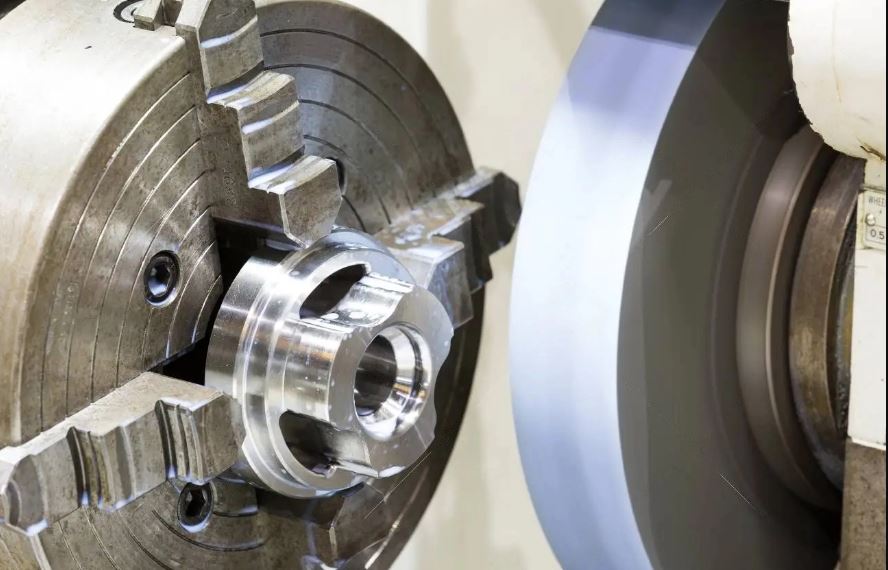
Precision grinding and surface finishing are two interconnected processes within the manufacturing industry. Each plays a critical role in determining the final product’s quality, functionality, and longevity.
When we talk about precision grinding, we’re referring to removing material from a workpiece’s surface to achieve the desired geometry with high accuracy. The grinding wheel, composed of an abrasive compound, is responsible for cutting microscopic chips from the workpiece at a high speed. This process refines the product’s surface and brings it to the precise size and finish necessary for its intended use.
Surface finishing, on the other hand, is the broad term for any process that alters the surface of a workpiece to achieve a specific attribute. It can involve changes to the roughness, texture, and even the aesthetics of the part. Surface finishing can include honing, polishing, buffing, and sanding.
To highlight the connection further, let’s look at a few examples:
- Aerospace and Automotive Components: These sectors often require parts with precise dimensions and superior surface finishes for optimal performance. Precision grinding achieves the required dimensions, followed by surface finishing processes to enhance corrosion resistance, reduce friction, or improve aesthetics.
- Medical Devices: Surgical instruments, implants, and devices require smooth, sanitary finishes. Precision grinding is used to get the instrument’s size and shape. Then, additional surface finishing processes are used to achieve the required smoothness, ensuring the device’s safety and functionality.
- Tool and Die Manufacturing: Precision grinding is extensively used in manufacturing tools and dies where dimensional accuracy is critical. Depending on the application, additional finishing processes achieve the desired surface finish.
How does Precision Grinding Impact Quality Control?
Quality control is integral to any manufacturing process, and precision grinding is no exception. The high degree of accuracy provided by precision grinding significantly contributes to the overall quality of the finished product. Here are a few ways how:
1. Minimization of Errors
One of the benefits of precision grinding is that it dramatically reduces the chances of errors during the machining process. The exact specifications are closely adhered to with advanced CNC machines throughout the process, resulting in minimal discrepancies. This ensures that the final product will meet the required standards and function as intended.
2. Consistency in Production
Another advantage of precision grinding is that it allows for producing parts with consistent size and finish across large batches. This is crucial in maintaining quality control and ensuring that every part meets specifications. Consistency in production also leads to faster production times and more efficient processes.
3. Enhanced Surface Finish
Precision grinding can produce smooth surfaces that are often required to function many components properly. A superior surface finish looks better and can lead to better performance and longevity. This can help improve the final product’s overall quality and enhance its functionality, making it more reliable and effective in its intended use.
Safety Precautions in Precision Grinding
Safety is of paramount importance in any industrial operation, and precision grinding is no exception. Here are a few key safety precautions:
- Proper Training: Workers should receive adequate training to understand the safe operation of precision grinding machines.
- Use of Personal Protective Equipment (PPE): Workers should always wear appropriate PPE, including safety glasses, gloves, and protective clothing.
- Routine Machine Inspections: Regular inspections and maintenance of the grinding machine can prevent unexpected breakdowns and accidents.
- Workplace Cleanliness: Keeping the workspace clean and free from grinding debris can help prevent accidents.
Table 5: Safety Precautions in Precision Grinding
| Precaution | Description |
|---|---|
| Proper Training | Adequate training on safe machine operation is necessary |
| Use of PPE | Workers should wear safety glasses, gloves, and protective clothing |
| Routine Machine Inspections | Regular machine inspections and maintenance can prevent accidents |
| Workplace Cleanliness | A clean workspace can help prevent accidents |
Grinding Techniques and Surface Roughness
Custom grinding employs several techniques, each unique operation and resulting surface roughness. Surface roughness, often measured in Ra (roughness average), is a key parameter that helps determine the level of smoothness or texture of a surface, which in turn affects performance and functionality. Here’s a glimpse of some common grinding techniques and their corresponding surface roughness ranges:
| Grinding Techniques | Surface Roughness Range (Ra in µm) |
|---|---|
| Surface Grinding | 0.1 – 1.5 |
| Cylindrical Grinding | 0.1 – 0.8 |
| Centerless Grinding | 0.2 – 1.2 |
| Internal Grinding | 0.2 – 1.0 |
| Gear Grinding | 0.2 – 0.6 |
| Jig Grinding | 0.1 – 0.5 |
The values provided are typical ranges and can vary based on the specific grinding process parameters, including the type of abrasive wheel used, wheel speed, workpiece speed, depth of cut, and coolant usage.
Conclusion
Precision grinding plays a pivotal role in many industries, from automotive to aerospace, and beyond. It enables manufacturers to achieve the exacting tolerances required for high-performance parts. The process, however, demands skilled labor, meticulous attention to detail, and state-of-the-art machinery, aspects that are central to Prolean’s precision grinding services.
With our extensive expertise in precision grinding, we meet the specific requirements of various components and surpass industry standards. Prolean remains at the forefront of providing top-tier precision grinding services as we continuously advance our techniques and upgrade our equipment. Whether you need precision grinding for automotive parts, aerospace components, or any other application, Prolean has you covered. Contact us today for your precision grinding needs!
FAQs
What is precision grinding?
Precision grinding is a type of machining process that involves the removal of material from a workpiece with the use of an abrasive wheel. The main objective is to achieve a specific size, shape, or finish with extreme precision.
What are the different types of precision grinding machines?
The three main types of precision grinding machines are surface grinders, cylindrical grinders, and centerless grinders. Each machine is designed for a specific type of grinding task.
What are some challenges associated with precision grinding?
Some challenges include achieving the required tight tolerances, managing heat generation during grinding to prevent thermal damage, and the time-consuming task of dressing and truing the grinding wheel.
How does Prolean’s Precision Grinding Services address these challenges?
Prolean utilizes advanced technology and employs highly skilled professionals to manage precision grinding projects. We ensure that all processes are controlled and monitored to avoid potential issues and deliver the highest quality components.



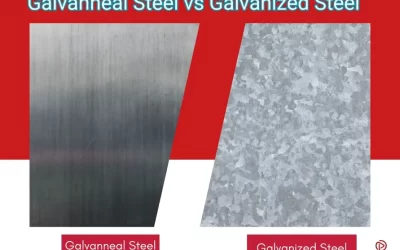
0 Comments